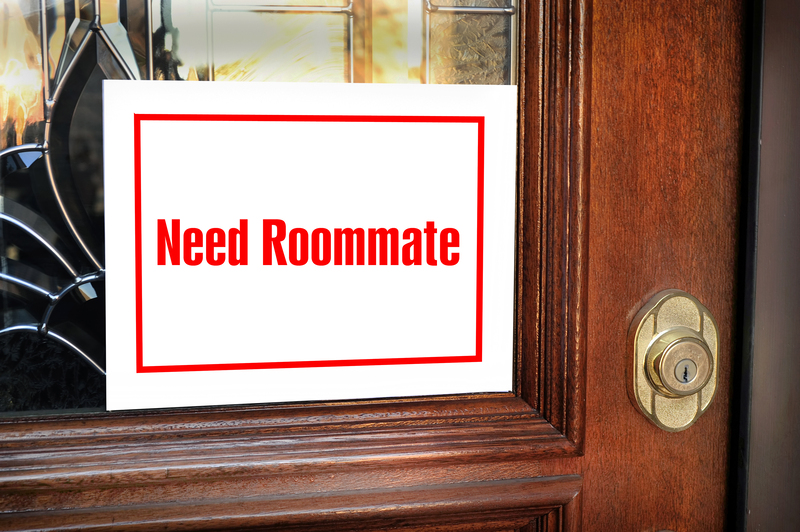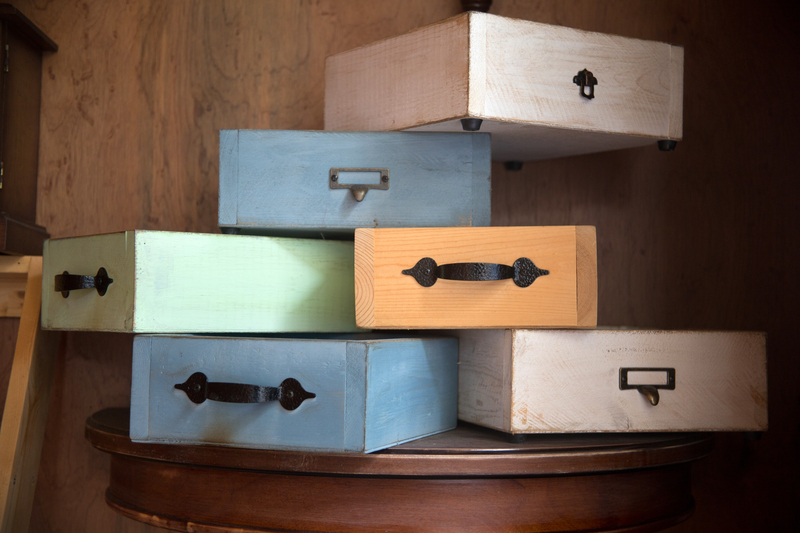How to Move a Piano the Right Way and Protect Your Investment
The piano is not just a musical instrument; it's a timeless investment, often carrying sentimental and monetary value. Whether it's an upright or a grand piano, moving it correctly is essential to preserve its integrity, safeguard its sound, and avoid costly repairs. In this comprehensive guide, we'll show you how to move a piano the right way and protect your investment, highlighting essential tips, professional strategies, and pitfalls to avoid.

Why Proper Piano Moving Matters
Pianos are intricate and heavy instruments--an upright can weigh between 300-900 lbs, while a grand piano can exceed 1,200 lbs. They're also exceptionally delicate, containing thousands of moving parts. Improper handling may cause:
- Internal and external damage
- Warped frames or soundboards
- Misaligned keys and pedals
- Costly repairs and loss of value
By learning how to move a piano safely, you are ensuring it continues to look and sound its best--protecting both your investment and cherished memories.
Preparation: The First Step in Moving a Piano Safely
1. Evaluate Your Piano and Its Surroundings
- Assess the size and type. Uprights and grand pianos require different moving techniques.
- Clear the path. Remove furniture, rugs, and decor that could obstruct the move.
- Measure doorways, hallways, and staircases. Ensure your piano fits through every turn and threshold along the way.
2. Gather the Right Equipment
- Moving blankets - To protect the piano's finish and prevent scratches.
- Piano dolly or skid board - For easier and safer transportation.
- Heavy-duty straps - Ensure the piano stays secure during movement.
- Work gloves - To improve grip and protect your hands.
- Tools - For disassembly (if needed), such as screwdrivers or Allen wrenches.
Tip: Never attempt to move a piano without proper supplies--it's a recipe for disaster.
Should You Hire Professional Piano Movers?
When discussing how to move a piano the right way, hiring professional piano movers is often the safest and most cost-effective solution in the long run. Here's why:
- Experience: They understand different types of pianos and possess tried-and-tested techniques.
- Equipment: Professional moving companies own all necessary tools and protective gear.
- Insurance: Many pros offer insurance for peace of mind in case of accidents.
If saving your investment and avoiding injury is your top priority, it's worth the cost to hire a specialist.
DIY Piano Moving: Step-by-Step Guide
If hiring professionals isn't an option, follow these steps to protect your piano while moving it yourself.
1. Assemble Your Moving Team
- Don't go it alone! Even a small upright requires at least 3-4 strong adults. For grand pianos, 4-6 or more may be necessary.
- Assign tasks and communicate clearly. Appoint a leader to direct each phase.
2. Secure and Protect the Piano
- Close and lock the keyboard lid to prevent damage.
- Wrap the instrument in thick moving blankets, securing them with tape or bungee cords.
- For grand pianos, remove the legs and pedal box with the appropriate tools. Carefully wrap each piece to prevent nicks and dents.
3. Lifting and Loading the Piano
- Never lift by the legs, keyboard, or other delicate parts. Use the frame as your grip point.
- Position the piano on a skid board (for grands) or a piano dolly (for uprights), strapping it securely.
- Lift with your legs, not your back, and keep the piano upright--tipping can damage the harp and soundboard.
- Use caution on stairs. Move slowly, communicating with your team at every step.
4. Transport the Piano
- Ensure the moving truck has a low, sturdy ramp and comes equipped with loading straps.
- Secure the piano against a wall inside the truck using ties to prevent shifting during transit.
- Avoid stacking boxes or heavy items on top of the piano.
5. Unloading and Placement
- Reverse the process with equal care at your destination.
- If reassembling a grand piano, attach the legs and pedals after setting it upright in its new location.
- Let the piano acclimate for at least 24 hours before playing or tuning.
Post-Move Care: Essential Steps to Protect Your Instrument
1. Inspect for Damage
- Check the exterior for scratches or dents.
- Examine the keys, pedals, and internal components for alignment and operation.
2. Tune Your Piano
- Moving can throw your piano out of tune. Hire a professional tuner about two weeks after the move, once the instrument has settled in its new environment.
3. Regulate Humidity and Climate
- Extreme temperatures or fluctuating humidity can warp the wood and damage the action.
- Place a humidity regulator or piano humidifier in the room, especially during seasonal changes.
4. Maintain Regular Cleaning
- Dust the exterior gently and use a barely damp cloth for sticky spots.
- Avoid abrasive cleaners that can harm the finish or keys.
Common Mistakes When Moving a Piano
- Moving without enough people - Always have a capable, coordinated team.
- Improper lifting techniques - Can cause injury and catastrophic damage to the piano.
- Using the wrong equipment - Makes moving more dangerous and increases risk.
- Ignoring environmental factors - Placing a piano near a heater, fireplace, or window after a move can seriously damage its structure and performance.
Avoiding these mistakes helps protect your piano and your personal safety during every move.
FAQs on Moving Your Piano Safely
Can I move a piano with regular movers?
While many moving companies offer piano moving services, specialized piano movers are highly recommended. Regular movers may lack the expertise and equipment.
How much does it cost to move a piano?
Professional piano moving costs vary based on distance, type of piano, complexity, and location. Local upright moves might start around $150-$350, while grand pianos or long-distance moves can cost $500-$1,500 or more.
Is moving a piano ever a DIY job?
If you're confident in your ability, have a reliable team, and the right tools--with only flat surfaces to traverse--DIY piano moving may be possible. For stairs, tight spaces, or expensive pianos, always consult a professional.
Should I disassemble my piano?
Only grand pianos typically require leg or pedal removal due to size. Most upright pianos can be moved whole, if there is adequate clearance. Improper disassembly can void your warranty or cause irreparable harm.
How soon can my piano be played or tuned after a move?
Allow at least two weeks for your piano to adjust to its new environment before tuning or extended playing sessions. This ensures the soundboard and strings stabilize under new humidity and temperature conditions.

Protecting Your Piano Investment for Life
Whether your piano is a family heirloom or a concert grand masterpiece, protecting your investment is about ongoing care as much as the moving process. Keep your piano in a climate-controlled setting, schedule regular tuning and maintenance, and always handle it with respect--especially during moves.
Conclusion: Move Your Piano the Right Way for Peace of Mind
Ultimately, how to move a piano the right way involves careful planning, the right equipment, teamwork, and a deep respect for your beloved instrument. Cutting corners can lead to costly damage and regret; investing in professionals or following expert guidelines ensures your piano will continue to fill your home with music for generations to come.
- Plan ahead and evaluate your moving needs.
- Protect your piano with proper equipment and handling.
- Choose professional piano movers if possible.
- After each move, care for and tune your instrument to keep it performing at its best.
By learning how to move a piano safely and efficiently, you not only protect a precious investment--you ensure a harmonious future for your home and your music.



